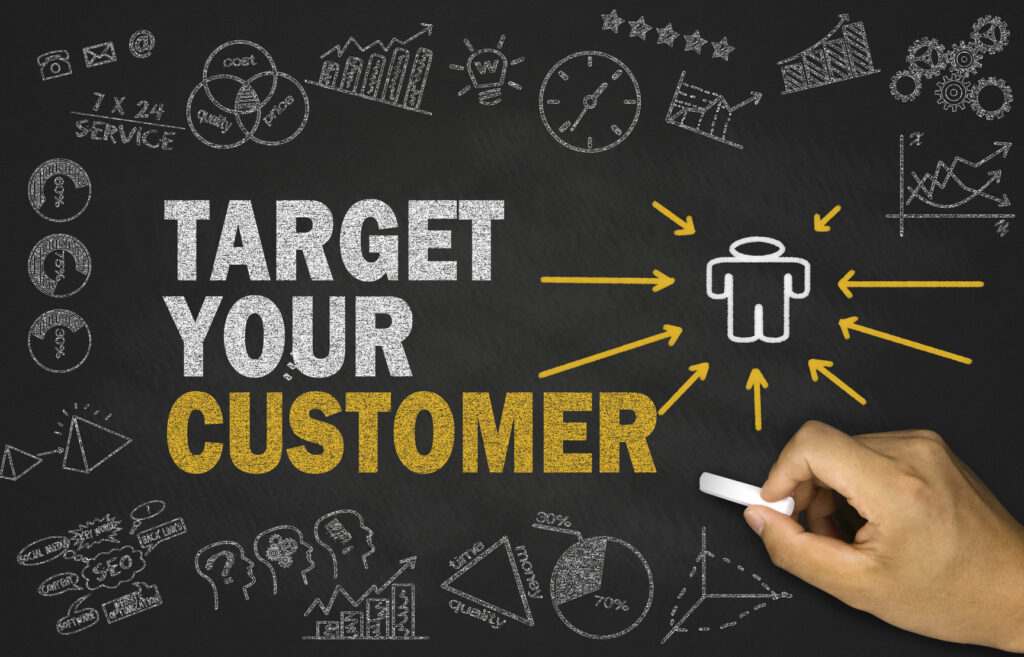Email Marketing for Initial Customer Lifecycles
Lifecycle marketing is an important concept for all retailers, whether bricks-and-mortar or online. In short, it refers to the different stages of the relationship between a buyer and seller.
Most business writers break down the customer lifecycle into five stages:
- Browser: Someone who has signed up for online product information or has visited a retail store but has not purchased anything. Sometimes these people are called prospects.
- One-purchase buyer: A new customer who has made one purchase.
- Active buyer: A customer who makes multiple purchases in an identifiable pattern, sometimes called a repeat buyer.
- At-risk buyer: A customer who had had been buying but who is now making fewer purchases.
- Lost buyer: A customer who once was a repeat buyer but who has stopped making purchases, also known as a lapsed customer.
Whatever category of customer and name used, each segment of a business’s customer base requires a different approach. What follows here are descriptions of some of the marketing strategies targeting buyers in the first two stages of the customer lifecycle.
Email Strategies for Browsers
For customers who have not yet purchased anything, a common technique is to send them an introductory message, sometimes known as a welcome email. There are a variety of ways to do this. Regardless of means, the most important message to convey is that you appreciate their interest in your products. Saying “thank you” is a good place to start.
Other strategies for emails to not-quite-customers-yet include:
- A coupon providing a discount on the first purchase
- An introduction to some of the benefits of being on the email list, such as early notification of sales and special promotions
- A video highlighting a special product or showing someone how to use an item purchased online
- Snippet text that appears in potential customers’ inboxes to grab their attention and get them to open the message
- Links to popular products or blog posts
However you do it, the point is that you segment this email in a way that only your new potential customers receive it, not everyone on your mailing list.
Email Strategies for New Customers
A harsh truth for retailers is that at least half of your first-time buyers will not make a second purchase from you. There are things you can do to increase the chances that the other half will buy again, however. For instance, you may wish to target first-time customers who purchased more than five or six items at once—they are more likely to become regular customers.
The first strategy is not an email strategy, but has been shown to work well in the online environment: Buyers see products that are often purchased together with the items already in their shopping carts or baskets. This strategy, known as cross-selling, can increase the number of items purchased in the initial transaction.
Post-sale emails that can encourage these customers to become repeat customers include:
- A post-purchase, cross-selling email
- An email promoting a special sale just for new customers
- A later email offering special deals on products related to those initially purchased
Marketing to existing customers, even first-timers, is much more effective and less expensive than marketing to browsers.
You Are Not Alone
One thing to remember: You do not have to figure this out on your own. An online marketing professional can help you identify customers and develop appropriate email strategies for each of them.
Want to learn a few quick tips on how to approach customers at other lifecycle stages? Check in with our blog frequently for a follow-up post!

